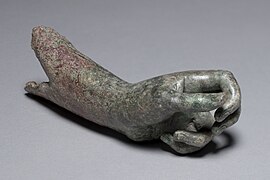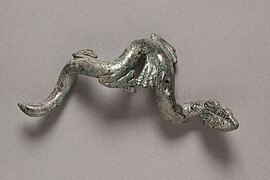Файл:Praxiteles - Apollo the Python-Slayer - 2004.30 - Cleveland Museum of Art.jpg
Перейти до навігації
Перейти до пошуку

Розмір при попередньому перегляді: 341 × 599 пікселів. Інші роздільності: 136 × 240 пікселів | 273 × 480 пікселів | 437 × 768 пікселів | 583 × 1024 пікселів | 1165 × 2048 пікселів | 3497 × 6144 пікселів.
Повна роздільність (3497 × 6144 пікселів, розмір файлу: 7,15 МБ, MIME-тип: image/jpeg)
Історія файлу
Клацніть на дату/час, щоб переглянути, як тоді виглядав файл.
| Дата/час | Мініатюра | Розмір об'єкта | Користувач | Коментар | |
|---|---|---|---|---|---|
| поточний | 16:05, 28 листопада 2021 |  | 3497 × 6144 (7,15 МБ) | Yann | original HR |
| 10:56, 21 січня 2019 |  | 1935 × 3400 (536 КБ) | Madreiling | pattypan 18.02 |
Використання файлу
Така сторінка використовує цей файл:
Глобальне використання файлу
Цей файл використовують такі інші вікі:
- Використання в ca.wikipedia.org
- Використання в en.wikipedia.org
- Використання в es.wikipedia.org
- Використання в fr.wikipedia.org
- Використання в pt.wikipedia.org
- Використання в si.wikipedia.org
- Використання в www.wikidata.org








